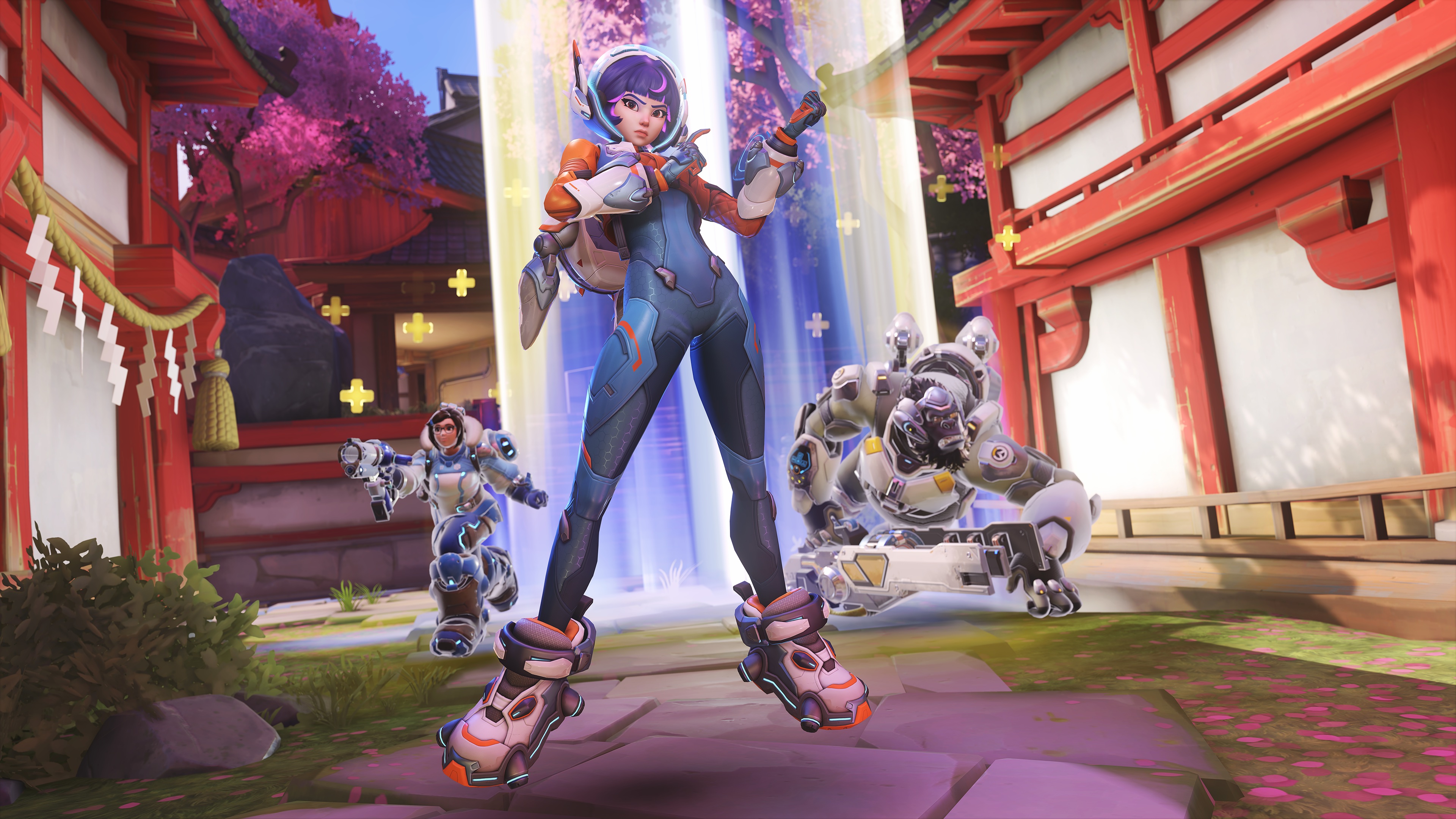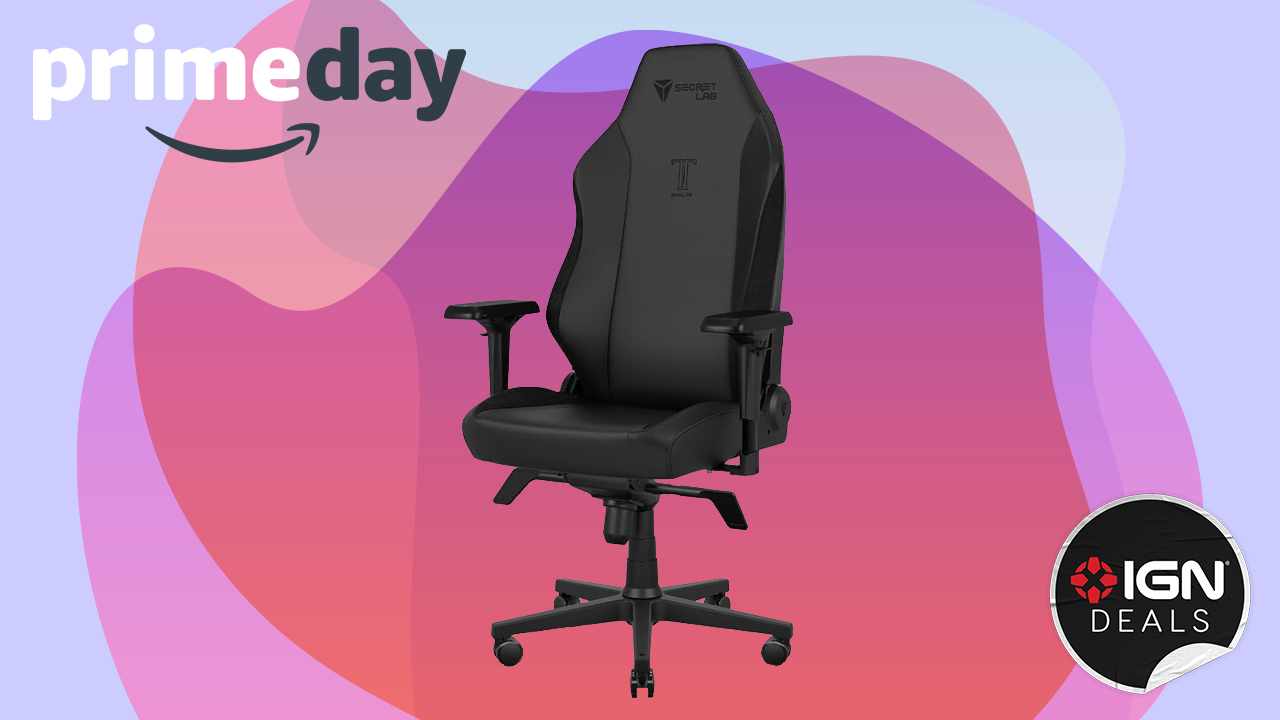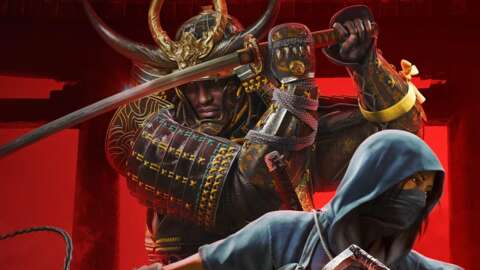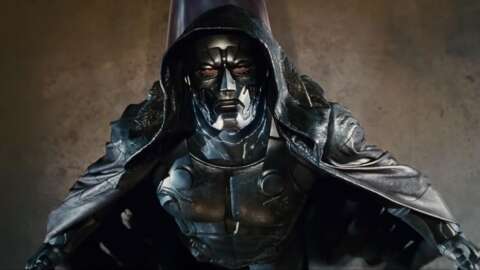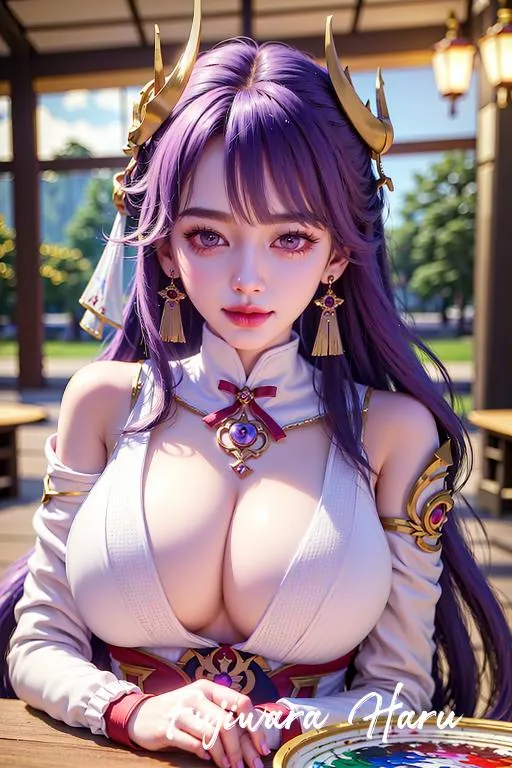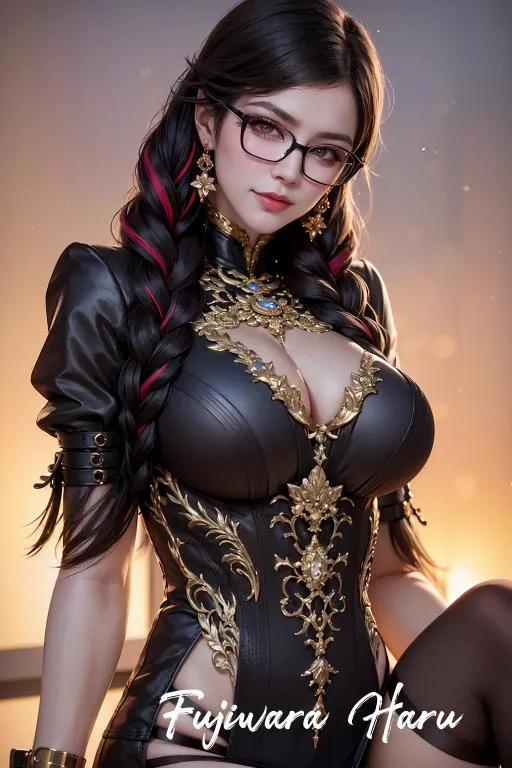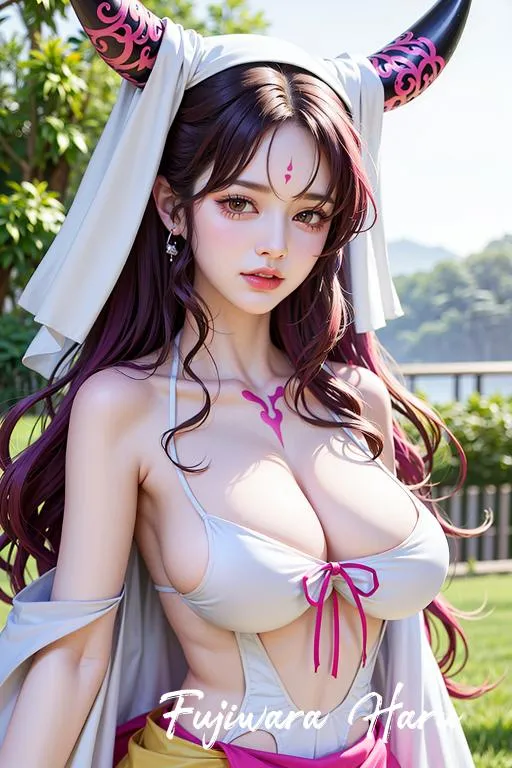
Overwatch 2’s newest character, support hero Juno, is finally here. The “Space Ranger” who hails from Mars joined the playable roster on Tuesday with the launch of season 12 of Overwatch 2. Juno is unique in some ways, in that she has a backstory connecting her to existing (and deep lore) characters and that she was revealed to the public earlier than almost any other Overwatch hero — 10 months before her arrival in-game.
Ahead of Juno’s official arrival in Overwatch 2, Polygon spoke with art director Dion Rogers and narrative designer Joshi Zhang from Blizzard Entertainment about the new hero’s development and her place in the fiction of Overwatch.
Read on for our interview, which has been edited for clarity.
Polygon: How did Juno come together as a character?
Dion Rogers: It takes us a long time to create an Overwatch hero. It can take quite a bit of work, and we do a lot of experimenting. Juno started off [because] the game design team had a really cool idea of a character that had abilities that felt like a fighter pilot, with lock-on missiles and targeting systems.
But we knew we wanted a support hero next. So we thought about, “How can we combine this idea of this fighter pilot or space-ranger-style hero with the gameplay kit that the game design team was sharing?” A couple of things we started with there was actually a mech suit for the hero at some point, but since it was support, it felt like it was too big of a silhouette for a support-style hero.
That was some of the early iteration. I think there was a conversation Joshi and I had at some point about: Could there be an alien in the game? And I think we figured out a way to actually truly have an alien in the universe of Overwatch, but not have it be a [literal] alien, you know?
Narratively, I’m also interested in how she kind of came together. You talked about having an alien, there’s also the Mars colony connection, the Mei connection. How did Juno gel narratively?
Joshi Zhang: Like Dion said, we started off with that sort of open-ended space ranger concept. We had the brilliant concept art that Daryl [Tan] put together, the one that we showed at BlizzCon. That was our first point of inspiration. Whenever we make a new hero, we always want to think about “What can we do with this hero to expand our universe and push the stories that we currently have?”
So we started with: What is this hero’s personality gonna be? She looks young and she looks like she’s ready to take stuff on, and how do we work that into a character that will resonate with the community? So we thought, OK, well, it’d be kind of funny if she was this badass alien kinda thing going around shooting stuff. But then, what if she’s also kind of… nervous? What else brings alien vibes, like curiosity? Maybe she’s never seen stuff before, like she’s grown up on this distant planet. So we came up with this personality type that was a little quirky, a little anxious, very curious, but with a really wide emotional range, where she’s really excited about learning about certain things.
Lore-wise, we started to ask ourselves what kind of connections could we make [between] space and Overwatch? We thought about Lucheng Interstellar, which we’ve had a number of different [heroes] talk about. It made sense for her to be connected to Lucheng, and we wanted to push on that — and we realized that one person that we haven’t leveraged yet was a character that Mei only mentions just once, Jiayi. She’s Mei’s grad school friend who worked at Lucheng Interstellar. It would make sense age-wise; Jiayi is a little older than Mei, so she’s gone up to Mars on this mission. And she had her daughter there, Juno.

Jiayi and Mei were close during grad school, and it’s a pretty major thing in East Asian culture that if you’re very close to somebody, you consider them like family, and you’re gonna want to do everything you can for their kid. Mei sees herself almost as like a godmother. She sees it as her responsibility to take care of her best friend’s daughter while she’s on Earth.
When Juno comes into the game, people are going to know who she is, people are going to have normal interactions with her as if she’s been there all along. How is that going to manifest, as it relates to Mei?
Zhang: We will see that [Mei and Juno have] gotten close pretty quickly. And again, that ties into sort of that depth of care that you have for the responsibility you take for your best friend’s child.
Some of my favorite interactions with Mei are the ones where they both open up a little — we see the emotional sides of both of them. Juno has anxiety. Mei has the baggage of knowing that we know what happened to her in Antarctica. She’s very obviously impacted by it to this day, but now she knows that yet another one of her friends is facing some dire experiences on Mars.
My favorite interaction they have is one where Juno has trouble deciding what to eat. I think she just can’t pick, because there’s just too many choices on Earth compared to what they had on Mars. Mei gets pretty upset with her, which is [something] we don’t see that too often from Mei, but she’s very like “I’m cooking for you later. You have to eat!” So there’s a lot of little cute moments like that. We specifically wanted to make sure that there were interactions with Mei and Juno, because we wanted to really show that they are really connected.

She seems, more so than a lot of people in the Overwatch roster, like a fish out of water. Does she comment on the fact that her teammates include a talking gorilla and a hamster in a giant mech ball? Or is all this kind of stuff normal to her, spending all of her life on Mars?
Zhang: It’s an interesting space that she’s in, because there’s probably some things she takes more for granted than others. I think that she’s probably not as surprised that Hammond is in a mech, compared to something mundane like a school bus. You can hear her talking about various areas in the world where she has surprising experiences. She’s, like, shocked by all the water in Rialto. Or there is the conversation that has made its rounds from her hero trial where she sees Ashe and she’s like, “Wow, a real cow-person!” I think you can definitely expect to see that fish-out-of-water vibe. That’s definitely something we wanted to push and promote.
This is getting into a little bit more gameplay, but Juno in some ways is one of the heroes that has abilities that overlap with other characters, like Lúcio. Are we kind of at the stage of Overwatch at this point, where hero ability overlap is kind of inevitable?
Rogers: The ability overlap, in some ways, is good. Sometimes a player may think, “I’m not a huge fan of Lúcio, but I have a character with a very similar kit that I can still enjoy. I’m into Juno. I get a little bit of the effect of what Lúcio does.” People have their favorites and characters they like and don’t like, and some of the overlap comes from just giving players choice. They can still get a kit or ability that they enjoy and a character that they can relate to or resonate better with. We don’t have a lack of ideas for what abilities or powers the characters have. So it’s more about the fantasy of the hero, and sometimes that causes some overlap with their kits.
Juno was shown way back in November 2024, alongside Venture and the next still-unannounced hero. What has it been like for you to work with these earlier character reveals? Does that very early feedback factor into your work?
Rogers: This was interesting. It was one of the first times we revealed a hero so early, a few months before we even knew the kit of the character, [because it] was still evolving at the time. The final version of Juno, she has less of an astronaut suit on. We wanted something that felt like this is the clothing they wear on Mars when they venture out of the habitats. Before, she felt too on-the-nose as an astronaut. I don’t know if we received a ton of feedback that would lead us to edit the drawing itself other than what we would naturally do through iteration.
I think it’s fun to share what we’re up to sooner than later, you know, and receive whatever feedback and act on what we can. Something we’d like to do more is to show heroes more in advance — the same with like the Clash previews we did, just to get some early initial thoughts or feedback from players. So you might find we’ll try to do this even more, going forward.

You mentioned some of the armor pieces have been taken off of Juno from that initial concept art. Do you know, do you have any insight into why that kind of aesthetic change? Was it for silhouette reasons, simplicity, or…?
Rogers: A lot of it was silhouette reasons — to change her silhouette from other flying heroes in the game. Part of this lore is just: What would she really wear on Mars if she were to walk outside? There was a balance to strike, going back and forth trying to really establish her look, and where she’s from.
Zhang: It ended up working out [narratively], too, because […] her suit was created by her mom as an iterative thing that they worked together on.
What about Juno’s background, training, and growing up on Mars lends her to be a support hero? A lot of other Overwatch characters have very specific reasons for being healers. What is it about Juno’s past that pushed her toward that role?
Zhang: I see her story and her community as sort of like a village vibe, even though it’s this futuristic tech Mars base thing. There’s only a handful of people up there, maybe 20 to 30 at most. She’s been in this environment where these people are all they’ve got and they take care of each other. She’s been living like this her whole life, and so when she gets old enough, she’s given the suit and given the opportunity to help. And she wants to, because she’s always been curious and she wants to get involved. She wants to help. It just made sense to us that she’s got the chops to shoot away the rocks and blast debris and all that stuff, but she also has the know-how to help out and heal people, if need be, with all the technology they’ve got lying around with her.
Is there a narrative explanation for why Juno has access to an orbital healing beam hovering over Earth? Is that her ship up there?
Rogers: This goes back to the kind of technology that they have on Mars. When we first designed Juno’s ship, it was a little too advanced. It looked like these guys on Mars have the best access to supplies and technology. So we talked a lot about what her ship would actually look like if you had limited resources on Mars — it’s a little hodgepodge, it looks a little put together. We purposely did that, because we imagine, “Hey, this is all they have.” When she escapes Mars, there’s only enough room for one person [on this ship]. When she reaches Earth, it’s similar to what we do with current space exploration: A part of the ship detaches, that lands on earth, and what remains is left up in space. This is what generates her ultimate.

Zhang: Her community needed to pull together a spaceship like this. There’s a lot of love and care put into that ship — it’s that raised-by-a-village thing. They don’t know if they’re ever going to see her again. So the way I see it is, the least they can do is keep her safe, right? And so they attach this orbital beam that she can call [upon] anytime from her suit. It’s like the ultimate show of care that they will always be there to look out for her, even if they’re many millions of kilometers away. So I think it’s cute.
Rogers: They want her to be safe. So this is kind of like the most heartfelt version of why this technology exists in the ship for her.
The people on the Mars colony — are they OK, or are they not OK?
Zhang: They’re OK for now, like they’re making do with the conditions. The circumstances are dire enough that they can’t afford to risk Juno’s life.
A fun detail I want to mention is Brian Horn, who’s the director for the [animated short]. One of the details that we included was that there is a “55 million kilometers later” card for when she’s actually arriving on Earth. I believe the shortest distance that Earth has ever been from Mars is 56 million kilometers. Usually on average, the distance from Earth to Mars is like 225 million kilometers, or something like that. So it was really like they had one shot to get her the best chances of getting her to safety, and they couldn’t be like, “Well, we could wait for another Martian year. We could wait for another two Martian years.” It was like, “If there’s any time, it’s got to be now.” So that’s something cool, I thought, that Brian added.
Are we going to learn more about what happened on the Mars colony that forces Juno to leave?
Zhang: There are some pretty aggressive storms happening on Mars [because of] Lucheng’s secret terraforming initiative. People up there have been doing stuff to advance a mission that Lucheng has that, well, we don’t have details about yet.
They’re changing the way Mars’ atmosphere is — you could think of the way we have climate change here on Earth. Storms are getting worse, things are going bad, and for some reason the colony has lost contact with Lucheng [on Earth]. Some of the things we’re going to be looking into in the future is exploring the open-ended questions that we currently have. Why did Lucheng lose contact with us? What’s gonna happen to all those people up on Mars, and what is [Overwatch] going to do about it?
Does Juno have a direct connection to the next hero? And the reason I ask is because people have seen the cartoonish teaser for the next hero and have asked, “Is that a Martian?” How close is that speculation? Does Juno have a direct connection to that next hero?
Rogers: This artwork [we showed at BlizzCon] is a thumbnail that a guy on our team named Taki creates. When we start to build a hero, he makes these funny drawings of them. Sometimes they end up as sprays in the game. So this was left in the [BlizzCon] build on purpose. We want to tease heroes as they come along.
I think it’s probably too early to say how closely connected these two are with each other, if they are at all. But when you see these little images, it’s our team having a little fun with the early thumbnails, and as a hero develops, that thumbnail suddenly becomes, you know, the real version that helps us understand the stage a hero is at in the development.
We’ve been to Horizon Lunar Colony, thanks to an older Overwatch game map. Are we going to be able to play on Lucheng Mars Colony at some point? Narratively, it wouldn’t make a whole lot of sense for Overwatch to go fight on Mars colony, because of the whole 55 million kilometers away at minimum thing, right? But does that prevent us from going to Mars colony at some point?
Rogers: It does not! Actually, it’s a good comment. We want to do that more where when a hero is released, there’s a culturally relevant map or something lore-wise that connects them. It’s something we’re trying to plan to do in the future. Maybe another cool spacey map, right?
Source:https://www.polygon.com/overwatch/442505/overwatch-2-juno-lore-blizzard-interview